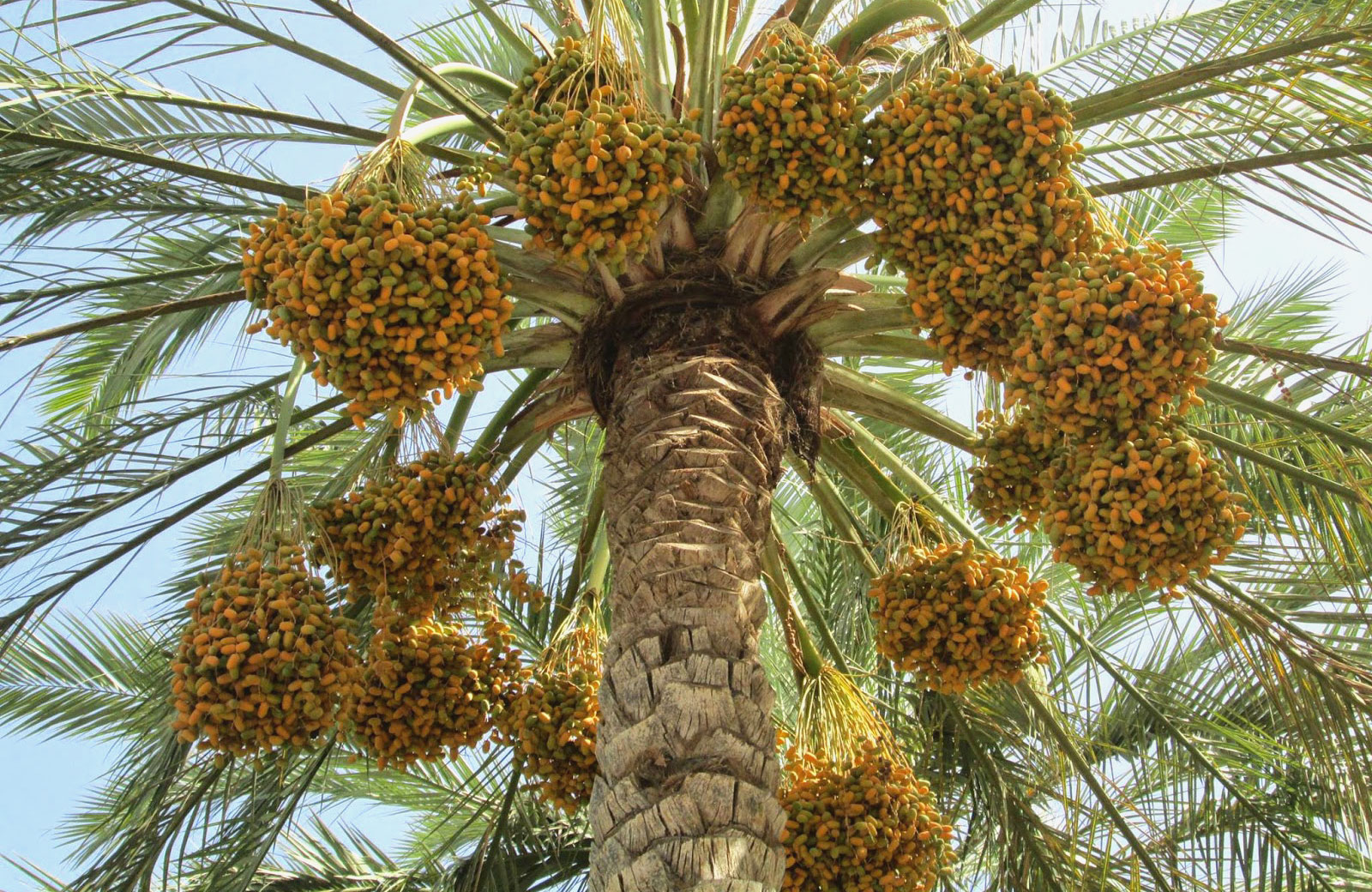

MUSCAT, JULY 24 - The agriculture sector’s contribution to Oman’s Gross Domestic Product (GDP) grew 5.1 per cent to reach a value of RO 312 million in 2017, up from RO 297 million a year earlier, underscoring the importance being accorded by the Ministry of Agriculture and Fisheries, as indeed the Omani government, to this key sector. The ministry continues to develop programmes aimed at boosting agriculture and farm production by exploiting available resources and promoting sustainable means. Complementing these programmes are initiatives that advance the use of technology, quality assurance, and modern production and marketing systems.
The ministry’s holistic developmental approach, targeting promising commodities and farm sectors, has helped drive growth. This intensive focus has benefited the following types of produce and value add activities: Omani dates and bee-keeping, honey, fruits and vegetables, dairy and egg production, and red meat. Agricultural modernisation and rural farm development is a key pillar of the ministry’s Sustainable Development 2040 Strategy, which was adopted in 2017 as part of the Oman 2040 Vision blueprint. In line with this vision, the government set up the Oman Food Investment Holding Company (OFIC) to catalyse investment in food processing and related projects. OFIC has already spawned four new subsidiaries — two specialising in dairy production in the north and south of the Sultanate, and the other two focused on poultry and red meat respectively.
At the same time, the private sector is also playing an essential role developing the potential of the agricultural sector. For example, Oman Flour Mill is investing in an egg production facility in collaboration with international investors.
OFIC is also studying a role in date processing and marketing. It is looking at the potential for value-add processing based on the use of date palms as fodder, furniture and wood resources, and so on. These efforts will enhance value-addition from the agriculture sector.
Playing its part in the catalysing the growth of the sector is the Agriculture & Livestock Research Department.
Omaima al Kindi
Oman Observer is now on the WhatsApp channel. Click here



